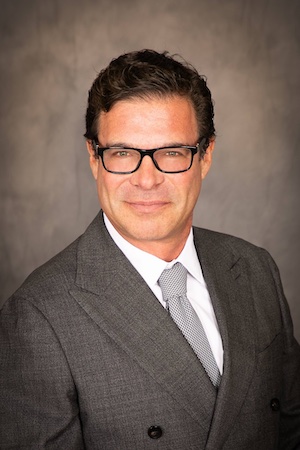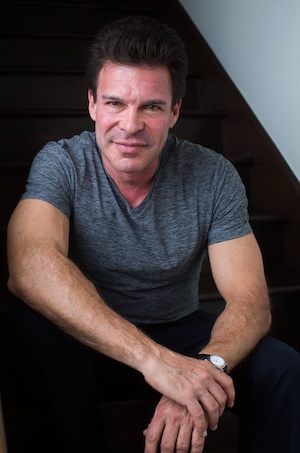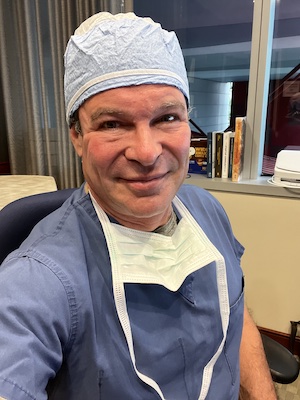Terry Sanger



The Past
AS an undergraduate at Harvard, I studied Applied Mathematics because (back then) Harvard did not have a Computer Science department; but then I fell in love with Math and how it can explain biology. I finished a Master’s degree in Applied Math, then joined the MD/PhD program at Harvard and MIT, completing a PhD in Electrical Engineering and Computer Science. After medical school I trained in Pediatrics at Los Angeles County Hospital, then Child Neurology at Boston Children’s Hospital, then Movement Disorders at Toronto Western Hospital and Hospital for Sick Children. I have taught at Stanford, USC, and now UC Irvine, and I have worked at Lucile Packard Childrens Hospital, Childrens Hospital of Los Angeles, and now Childrens Hospital of Orange County.
Now
I am a child neurologist and electrical engineer, specializing in computational models of the brain: how it works, and why it breaks. As a clinician, I specialize in childhood movement disorders such as dystonia, spasticity, tremor, chorea, and ataxia. These are disorders that distort a child’s intended movement and can make it difficult or impossible for children to move or communicate as they want. This type of movement disorder can occur in children who have cerebral palsy or other brain diseases. As an electrical engineer, I use computers to analyze information about children’s brains and their movement, and to model how the brain works and how it breaks. In particular, I use theory from Robotics and Machine Learning to understand why learning sometimes fails, and how that can lead to unintended or impossible movement in robots and children. The goal is to use computer models of childhood movement disorders to design new technology and treatments to help children.